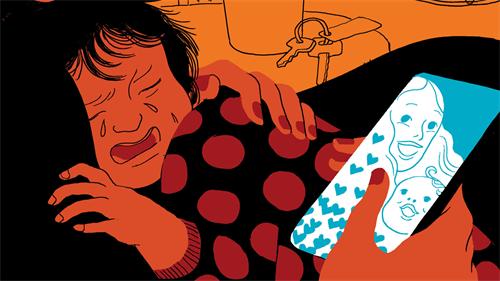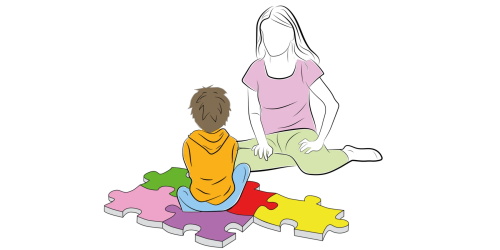Disaster-Proof Parenting: Survival Skills Every Family Needs by 2030

As extreme weather and natural disasters become increasingly frequent, families with children are facing unprecedented challenges. Compared to previous generations, children born in recent years are expected to experience far more heatwaves, floods, and droughts throughout their lifetimes. In these harsh environments, children are often the most vulnerable—they are more susceptible to harm and have less access to essential resources.
Climate change is not just about the weather. It has also led to a surge in previously uncommon diseases, such as waterborne illnesses, dengue fever, and respiratory infections. The World Health Organization highlights that young children, particularly those under five, are disproportionately affected by climate-related illnesses. In fact, they carry the vast majority of the global health burden linked to climate change. The effects of these early exposures can extend far beyond childhood, potentially impacting their physical health, emotional development, and long-term quality of life.
By 2030, disaster preparedness will no longer be solely the responsibility of governments or schools—it will be an essential life skill that every household must possess. Have you ever considered that clutter on your balcony, the elevator you take daily, or the underground parking lot you pass through could become hidden dangers during an emergency? Disaster preparedness isn’t an “elective”—it’s a core subject in the curriculum of life.
Currently, parenting education tends to focus on academic achievement and physical health, often overlooking the most basic survival skills. In reality, the threats families face are far more complex than we might imagine: natural disasters, electrical and water safety, food safety, traffic safety—any of these could become real dangers. Parents need to regularly inspect their homes for potential hazards, while also teaching children simple, practical survival tactics—such as how to make a smoke mask from a towel or fashion a rope from bedsheets. Everyday household items can become powerful emergency tools when used creatively.
Having a clear evacuation plan is the foundation of any family emergency strategy. Parents should create a plan tailored to their home’s layout, including designated roles for each family member in an emergency. For example: the father turns off the electricity, the mother shuts off the gas, and the child grabs the emergency bag. This type of division not only improves efficiency during a crisis but also helps children understand their role in the family and develop a sense of responsibility.
An emergency kit is another must-have. A well-prepared kit should include basics like a flashlight, whistle, compressed biscuits, and bottled water. But more importantly, every family member—especially children—should know exactly where the kit is stored and how to use it. Don’t wait until disaster strikes to start looking for supplies in a panic.
To ensure these lessons stick, consider scheduling a monthly “Family Disaster Drill Day.” Simulate events like earthquakes or fires, so children learn what to do through hands-on experience. There are also many engaging, educational tools available now—disaster-themed cartoons, interactive games, and more—that make the learning process more fun and memorable.
Beyond equipment and rehearsals, one crucial element remains: mental preparedness. In a real emergency, the ability to stay calm often makes all the difference. Parents can gradually introduce disaster-related knowledge in daily life, choosing age-appropriate ways to educate their children. Younger kids can learn through picture books and animations that explain how disasters happen and what to do, while older children may benefit from watching documentaries that provide a realistic understanding—just be mindful of the content to avoid overwhelming them.
Natural disasters can cause more than physical harm—they may leave emotional scars as well. Helping children build emotional resilience is essential. One simple technique is teaching them the “deep breathing method” to manage fear: close their eyes, slowly inhale and fill their belly like a balloon, then exhale gently as the belly deflates. Repeating this 5–10 times can help restore emotional balance. It’s a tool they can use not only during emergencies but in everyday stressful situations too.
Although we can't predict when the next disaster will strike, we can start preparing today. Turn preparedness into a habit. Let every drill become a building block of your child’s resilience, giving them the confidence, knowledge, and strength to face the unknown.
True parenting is not just about helping children grow up—it's about teaching them how to protect themselves when storms come. This kind of preparation isn’t driven by fear—it’s a profound expression of love and respect for life.







